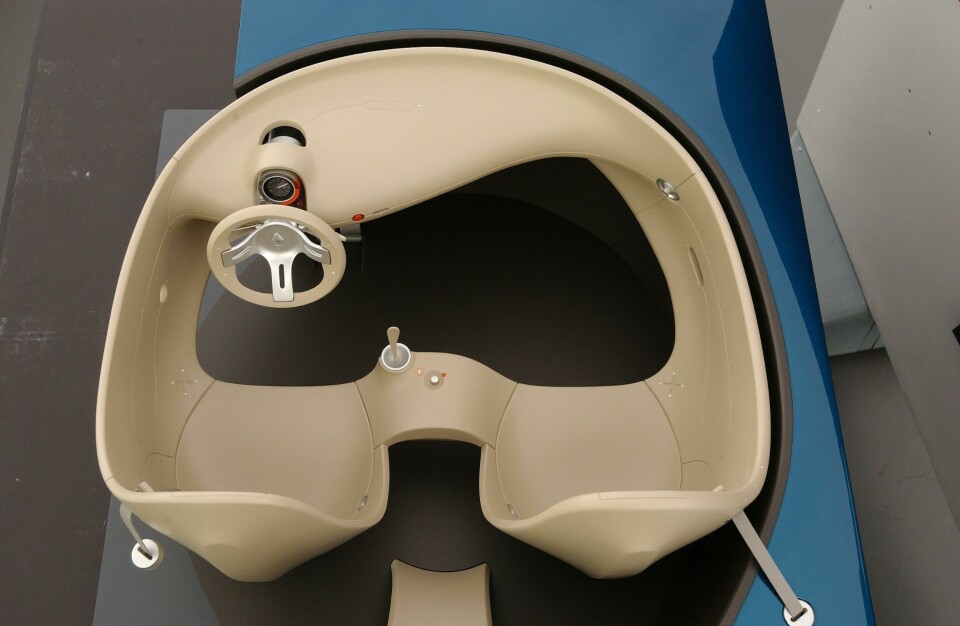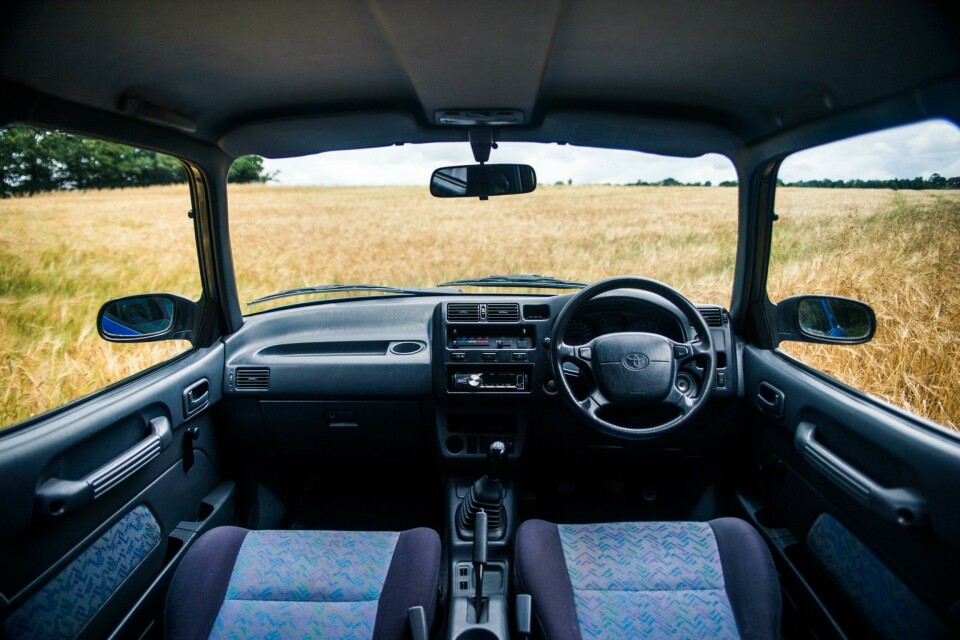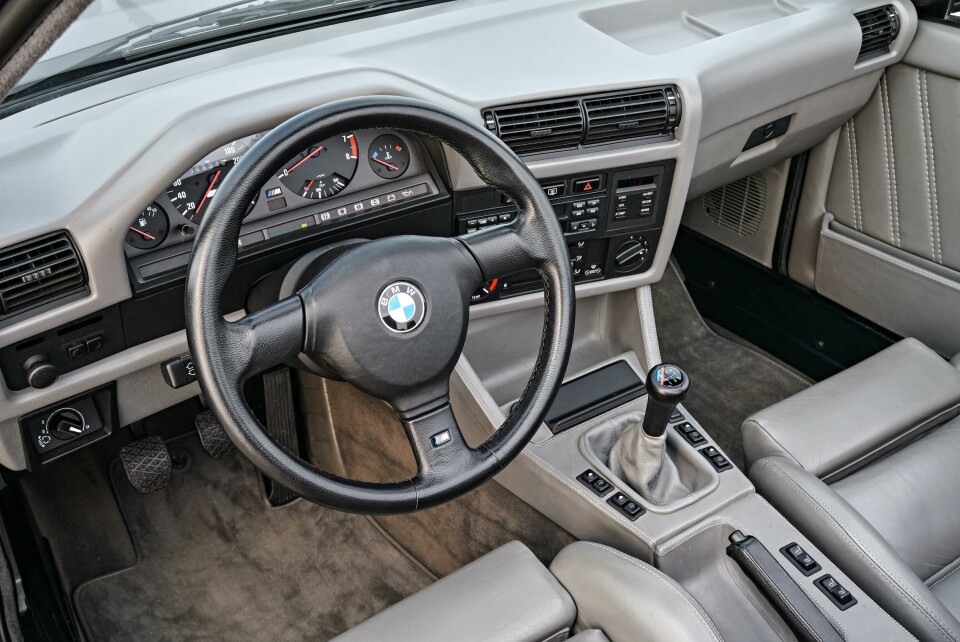
Keep it simple: can a mono-material strategy reshape interior design?
In this abridged feature from the Spring 2025 issue of Interior Motives, we consider how one material for key interior structures could boost recyclability and celebrate sculptural form over visual complexity
A good leather jacket. An oak coffee table. Sculptures – ice, stone or otherwise. For products where timelessness, durability and universal appeal are key considerations, the fewer the materials the better. Ideally just one.
There are many exceptions to the rule but perhaps car interiors could follow a similar approach, serving the industry’s targets for sustainability while producing exciting, long-lasting designs in the process. This would not necessarily work for all vehicles – ultra-luxury buyers would expect the very best, and that still tends to point in the direction of soft-touch surfaces and shiny accents wherever possible.

But where expectations are not quite so lofty, a mono-material strategy could play out as follows: the IP, centre console and door cards all utilise one material that is sustainably sourced, is easily recyclable and comes in a neutral tone. Perhaps the strategy could go even further to include the seatbacks and other panels. Cladding around the seat rails (which prevents crumbs from gumming up the mechanism) could use the same stuff. You get the picture.
This might feel a little stark, but it depends on the execution and ultimately places the visual appeal on the form rather than the finish. This is not groundbreaking stuff, of course – injection moulding is nothing new – but it does what can be done with a unified material strategy, minimal components and joints, and an absence of jewellery or embellishment.
Old materials are more likely to be repurposed – circularity needn’t be a throwaway term
There is an ongoing discussion around design for disassembly, where components and structures are built in a way that makes recycling easier at a later date. This means old materials are more likely to be repurposed – circularity needn’t be a throwaway term. This might come through a reduction in joints and fixtures, or a more standardised material used widely throughout the interior. Think about separating your household waste into separate containers for plastics, cardboards, glass, metal etc.

In Europe, the End-of-Life Vehicles (ELV) directive was recently revised to include stricter requirements for recyclability and recycled content. The proposed law currently under review would require new cars to contain at least 25% recycled plastics from post-consumer waste, with a quarter of that coming from automotive end-of-life plastics specifically. Crucially, there is a focus on recovering “more and better-quality raw materials” and ensuring “producers are financially responsible for vehicles when they become waste.”
Mono-material could mean plain anthracite plastic once more, but we are sure there are more creative options available
Reduce to the maximum. Good design is simple; simple is hard. The principle of doing more with less has always been a central tenet to design. With the flood of technology entering new cars in recent years and rampant consumerism, it does feel as though the mantra of the moment is more is more. And new becomes old faster than ever. This can be seen in various segments with many interiors seemingly featuring a different material or texture wherever possible. The dash or IP is a monolithic structure, the centrepiece of the interior that houses core components and touchpoints. But even this is being broken up and segmented, sometimes very effectively, but often to the point where things feel a little muddled.
Mono-material could mean plain anthracite plastic once more: cheap, easy to work with and readily available. We are sure there are more creative contemporary options available, perhaps using an innovative base material or reusing scrap from elsewhere. In any case, a mono-material approach would simplify the production process and view key interior structures as one cohesive sculpture.



